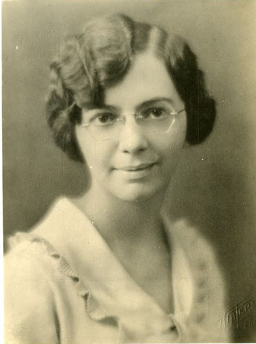MHF TOP PICKS FOR March
Every month, we at the Mueller Health Foundation like to showcase interesting news and updates in the field of tuberculosis. Below are our top 3 picks for March:
- Good and Bad News About New TB Vaccines
Addressing the virtual Global TB Vaccine Forum in February 2022, Professor Mark Hatherill, the director of the South African Tuberculosis Vaccine Initiative (SATVI), said there was good news and bad news about the TB vaccine pipeline. He stated that the good news is that there are nine candidates in Phase IIb and Phase III efficacy trials variously for prevention of infection, prevention of disease, and prevention of recurrent TB indications. Successful phase III trials are usually required before medicines or vaccines are approved by regulatory authorities. However, the bad news is that the shape of the pipeline is inverted. If there is not a successfully efficacious vaccine from one of those nine candidates, there are very few candidates in Phase I and Phase II that would fill those positions in the next five to 10 years. To learn more, you can access the full article at:
https://www.news.uct.ac.za/article/-2022-03-03-good-and-bad-news-about-new-tb-vaccines
- The Immunoregulatory Landscape of Human Tuberculosis Granuloma
Researchers at Stanford University conducted a study that used multiplexed ion beam imaging by time of flight (MIBI-TOF) to image 37 proteins in tissues from patients with active TB. They constructed a comprehensive atlas that maps 19 cell subsets across 8 spatial microenvironments. This atlas shows an IFN-γ-depleted microenvironment enriched for TGF-β, regulatory T cells and IDO1+PD- L1+ myeloid cells. Notably, the researchers stated that PD-L1 expression is associated with progression to active TB and treatment response. Given that the study found that granulomas in the lungs of people with active tuberculosis infections are packed with these proteins known to tamp down the body’s immune response to cancer cells or infection, some types of cancer drugs could be used to target these immunosuppressive proteins. Because these medications are widely used in cancer patients, the researchers expect that clinical trials can be launched quickly to test whether they can combat tuberculosis infection. To learn more, you can read the full article here:
https://www.nature.com/articles/s41590-021-01121-x
DID YOU KNOW?
This month, in honor of International Women’s Month, we would like to highlight Florence Seibert, an American biochemist, who enabled the development and use of a more reliable TB test that is still widely used today. Here is her story:
Florence Seibert was born in 1897 in Easton, Pennsylvania. She was afflicted with polio as a child and left with a severe limp. Since she was unable to run and play outside like most children, she turned her attention to excelling in school, especially science.
Since 1908, the Mantoux tuberculin skin test, which works by injecting people in their forearms with a small amount of the TB antigens to see if there is an immune response, had become the go-to tool for detecting the disease. But the Mantoux test back then was based on Koch’s somewhat unreliable original tuberculin formula, which contained an unknown mixture of carbohydrate and protein antigens, as well as antigens from beef broth used in the culture.
In the 1930s, while at the Phipps Institute of the University of Pennsylvania, Seibert discovered that the proteins in Koch’s tuberculin mix were critical. She spent the next several years trying to isolate them to make a more consistent formula. Through a method of steaming TB cultures and then purifying the proteins, she produced the purified protein derivative (PPD).
Seibert’s PPD formula was adopted as the gold standard for TB testing by the U.S. Public Health Service in 1941 and the World Health Organization in 1952, and is still widely used today.

